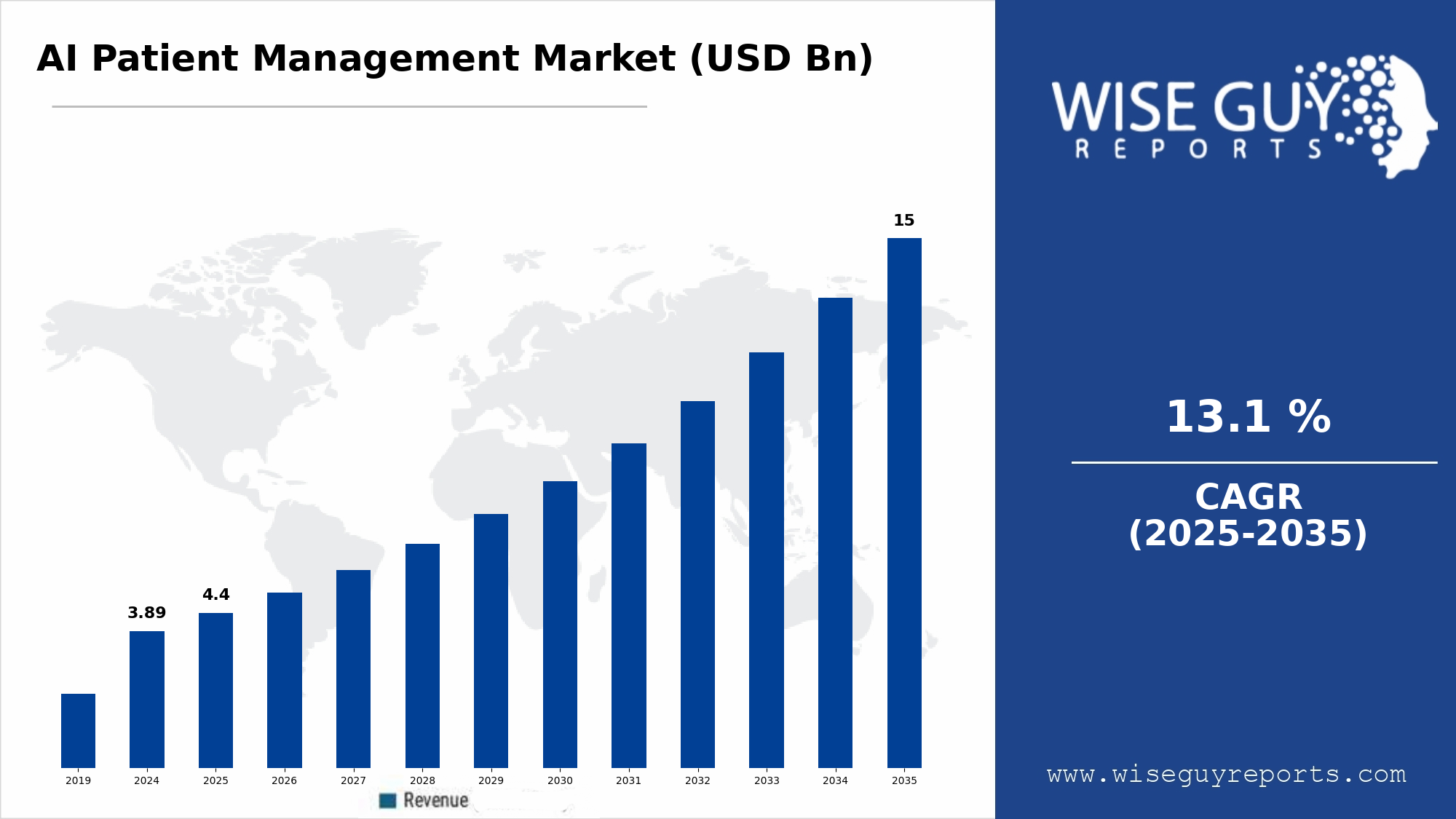The projected high Compound Annual Growth Rate (CAGR) for the AI Patient Management Market CAGR is a clear reflection of the market's escalating importance and its transition from a niche technology to a foundational element of modern healthcare delivery. A sustained, high double-digit CAGR indicates that the market's growth is not only rapid but also compounding, as each year's expansion builds upon a larger base. This is driven by the powerful network effects inherent in the technology; as more patients and providers use these platforms, they generate more data, which is then used to refine the AI algorithms, making them more accurate and effective. This improved performance leads to better clinical and financial outcomes, which in turn drives wider adoption, creating a self-reinforcing virtuous cycle. This dynamic ensures that the market's growth is not linear but exponential, as the value of the leading platforms increases with their scale, a key factor underpinning the strong and sustained CAGR.
The durability of this high CAGR is further supported by the expanding scope of applications for AI in patient management. The initial growth was primarily fueled by applications in chronic disease management for high-acuity conditions. However, the market is now rapidly expanding both "up-stream" and "down-stream." Up-stream, AI is being used for preventative care and wellness management in lower-risk populations, a vastly larger market segment. Down-stream, it is being applied to more complex use cases, such as managing patients undergoing cancer treatment, post-surgical recovery, and mental health therapy. This expansion into new clinical domains dramatically increases the total addressable market. Furthermore, the technology is moving beyond simple monitoring and engagement to encompass more of the patient journey, including intelligent appointment scheduling, personalized pre-procedure education, and automated post-discharge follow-up. Each new application adds another layer of value and another driver for market growth, ensuring the CAGR remains robust over the long-term forecast period.
Another critical factor sustaining the high CAGR is the shift from departmental, point-solution sales to large-scale, enterprise-wide deployments by major health systems and national payers. In the market's early stages, a single cardiology department might adopt an AI platform for its heart failure patients. Today, large hospital networks are licensing these platforms to manage their entire population of chronic disease patients across all departments and facilities. These multi-year, multi-million dollar contracts represent a quantum leap in deal size and provide a stable, predictable foundation for revenue growth. As healthcare consolidation continues, with smaller hospitals being absorbed into larger networks, the trend towards these large-scale enterprise deals will only accelerate. This strategic, top-down adoption by the largest players in the healthcare industry provides the powerful economic engine required to maintain a high compound annual growth rate and transform the market from a collection of startups into a mature, multi-billion dollar industry.



